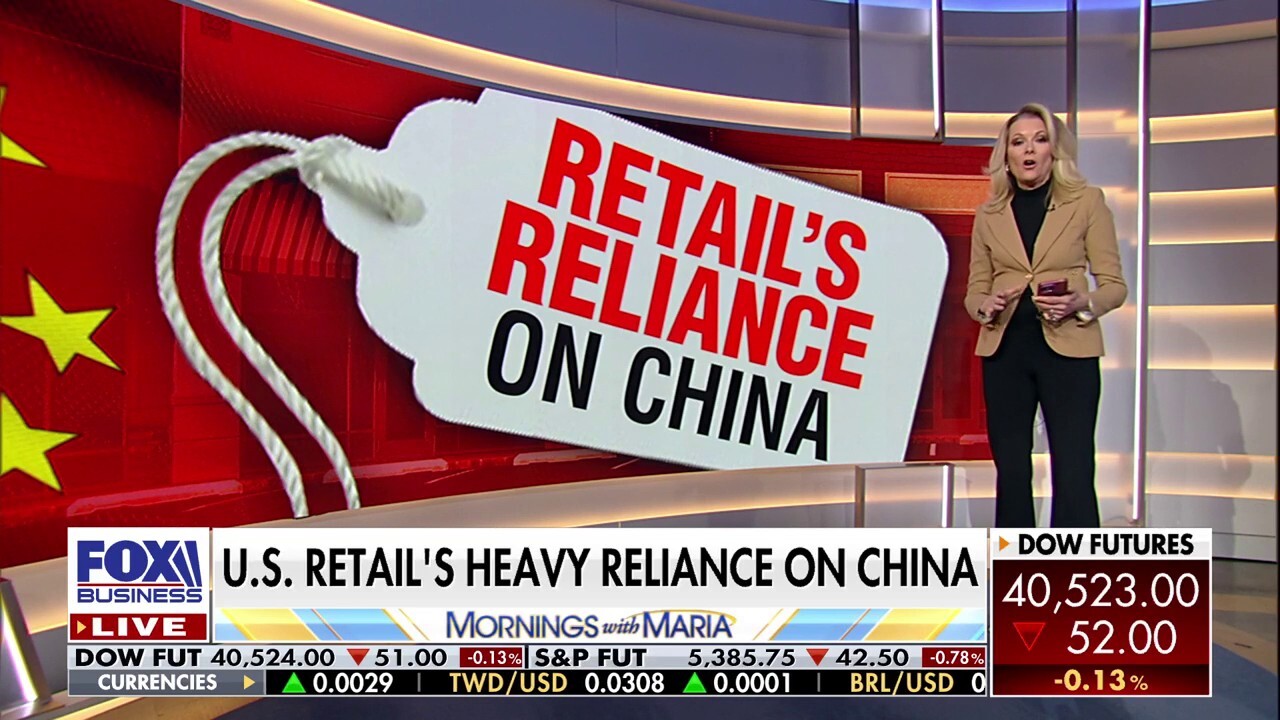## Your next gaming console might cost more: Walmart warns of price hikes thanks to trade wars
Gamers, brace yourselves. The console wars might be escalating beyond the battlefield of graphics and processing power. Walmart, the retail giant that often sets the price floor for everything from snacks to tech, just dropped a bombshell: tariff uncertainty could lead to price increases on a variety of goods, including, you guessed it, gaming consoles and accessories.

Challenges in General Merchandise Category
Uncertainty Casts a Shadow on Future Projections

Walmart, the nation’s largest private employer, has issued a stark warning about potential price increases in the wake of ongoing trade disputes. CEO Doug McMillon stated, “We will do our best to keep our prices as low as possible, but given the magnitude of the tariffs, even at the reduced levels announced this week, we aren’t able to absorb all the pressure given the reality of narrow retail margins.” This pronouncement came as the retailer reported its first-quarter results, which met Wall Street expectations, but the shadow of tariff uncertainty looms large over its future projections.
John David Rainey, Walmart’s Chief Financial Officer, amplified this sentiment, revealing to CNBC that consumers might encounter price hikes as early as the end of May. The company’s cautious optimism for full-year growth is tempered by the volatility and unpredictability of the global trade landscape.

Narrowing Profit Margins and the Tariff Pressure
Walmart’s warning underscores the mounting pressure on retailers to navigate the complex and ever-shifting terrain of global trade. While the company has actively sought to mitigate the impact of tariffs through strategic sourcing and operational efficiencies, the reality is that these costs ultimately trickle down to consumers.
The company’s recent meeting with President Donald Trump, aimed at discussing trade negotiations and the implications of tariffs on imported goods, highlights the gravity of the situation. Despite the reduced “de minimis” tariff on cheap goods from China to 54 percent from 120 percent, the overall impact on Walmart’s bottom line remains a significant concern.

Limited Visibility for Second-Quarter Profitability
Adding to Walmart’s predicament is the lack of clarity surrounding the future trajectory of trade relations. The company has decided to forgo providing second-quarter profit guidance, citing the unpredictable nature of the global trade environment. McMillon stated, “The lack of clarity that exists in today’s dynamic operating environment makes the very near-term exceedingly difficult to forecast.”
This hesitancy to offer concrete financial projections reflects the inherent uncertainty that permeates the business landscape. The constant flux in trade talks and news cycles, often shifting daily, creates a challenging environment for accurate forecasting and strategic planning.
Walmart’s Cautious Optimism for Full-Year Growth
Despite these challenges, Walmart remains confident in its overall growth trajectory for the full year. The company still expects net sales to grow 3% to 4%. However, this optimism is tempered by the recognition that the range for operating income outcomes is significantly wider than usual due to the volatile trade environment.
The Global Trade Showdown: A Gamer’s Perspective
How Tariffs Affect the Gaming Industry
The ripple effects of global trade disputes extend far beyond traditional retail sectors; the gaming industry, a dynamic and rapidly evolving landscape, is not immune to the pressures of tariffs.
While gaming hardware and software components are not immediately subject to the most significant tariff impacts, the broader economic consequences of trade wars can have a profound influence on the industry.
Potential Impact on Game Prices and Availability
The potential for price increases on gaming hardware, software, and accessories looms as a significant concern for gamers. As the cost of imported components and materials rises, manufacturers may be forced to pass these expenses on to consumers, leading to higher prices for their products.
Furthermore, tariffs can disrupt supply chains, potentially leading to shortages of popular gaming products. This scarcity can drive up prices on the secondary market and create frustration for gamers seeking to acquire desired titles or hardware.
Walmart’s Role as a Key Distributor for Gaming Products
As a major retailer with a vast network of stores and a robust online presence, Walmart plays a pivotal role in distributing gaming products to consumers. Its commitment to offering competitive pricing and a wide selection of games, consoles, and accessories makes it a crucial destination for gamers.
However, the company’s warning about potential price hikes due to tariffs raises concerns about the affordability of gaming for many consumers. If Walmart is forced to increase prices, it could lead to a decline in demand and potentially impact the overall health of the gaming industry.
Conclusion
So, there you have it. Walmart, the retail giant, is bracing for potential price hikes due to the ongoing trade war and its unsettling impact on tariffs. While e-commerce sales continue to climb, even for a titan like Walmart, navigating these choppy waters of uncertainty is no easy feat. This situation underscores a critical issue facing not just retailers but consumers worldwide: the ripple effects of global trade disputes. The potential for price increases, especially on everyday essentials, could significantly impact household budgets and consumer spending. This, in turn, could have a cascading effect on the economy as a whole. Looking ahead, the future of retail hinges on how businesses adapt to this evolving landscape. Will we see more localized production, alternative sourcing strategies, or even a shift in consumer behavior? The answers to these questions will determine the trajectory of the industry and, ultimately, our wallets. One thing is certain: the battle for affordable goods is far from over.
